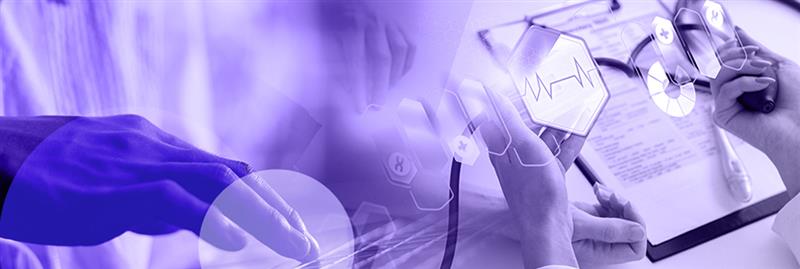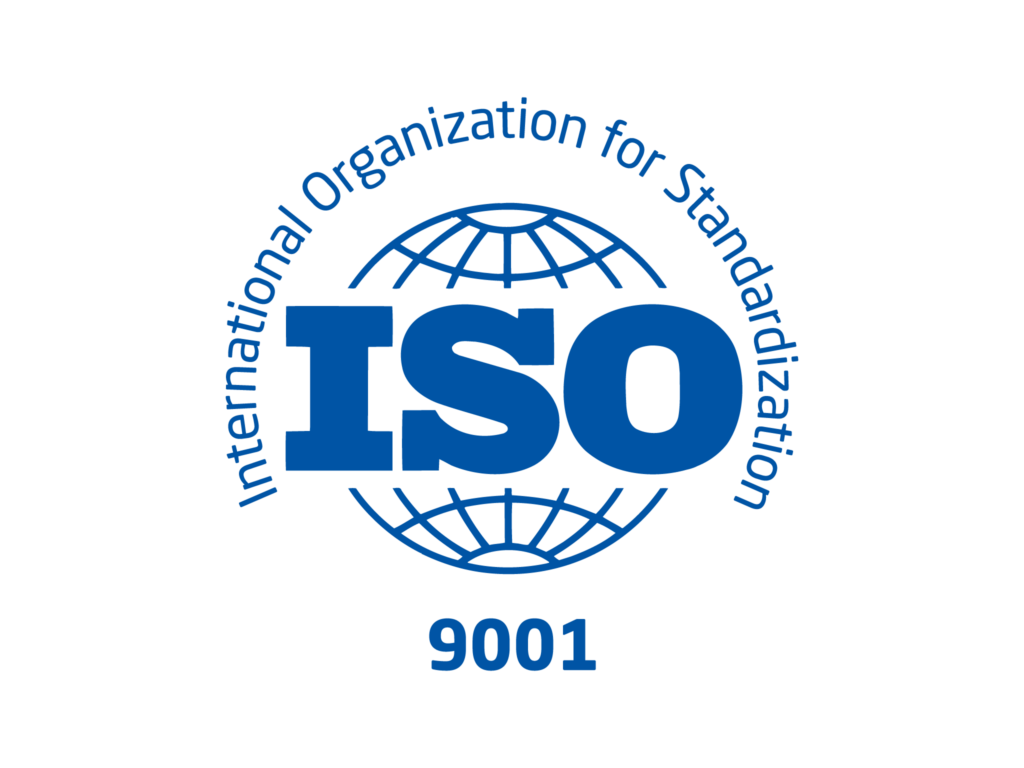Developing Software as a Medical Device (SaMD) is more than just writing code — it involves meeting strict regulations to ensure patient safety, clinical accuracy, and legal compliance. Here are the key best practices to get it right:
1. Understand the Rules
Different countries have different health authorities (like the FDA in the U.S. or EU MDR in Europe). Knowing which regulations apply to your product is the first step. Also, figure out the risk level of your software (low, medium, high), as this affects how thorough your process needs to be.
2. Get the Requirements Right
Start by defining:
- What your software is supposed to do (the medical purpose).
- How well it should perform (speed, security, reliability, etc.).
3. Follow a Structured Development Process
Use a clear development approach (like Agile or V-model) that includes:
- Careful planning and design.
- Testing and validation at every step.
- Support and updates after release.
4. Manage Risk from the Start
Use standards like ISO 14971 to identify potential risks and plan how to reduce them. Track and document everything — it’s required for approval.
5. Test, Test, Test
- Verification checks if the software was built correctly (code reviews, unit tests, system tests).
- Validation checks if it works in the real world, often with doctors or clinical environments.
6. Keep Good Records
Maintain clear documentation of everything — requirements, design decisions, tests, and results — to prove that your software is safe and compliant.
7. Protect Patient Data
Build in strong cybersecurity (encryption, access control) and ensure compliance with privacy laws like HIPAA (U.S.) or GDPR (EU).
8. Make It Easy to Use
Test the interface with real users (like doctors or nurses) to avoid confusion or errors. Follow usability standards like IEC 62366.
9. Monitor After Launch
Keep an eye on how the software performs in the real world. Be ready to fix bugs or release updates — and go through the right checks before doing so.
10. Meet Submission Requirements
If you’re selling in the U.S., you may need to submit a 510(k) to the FDA. In Europe, you’ll need CE marking under the MDR. This includes showing all your documentation and testing evidence.
11. Track Changes and Keep an Audit Trail
Every change to your software must be documented, tested, and, if needed, re-approved. Audit trails help you stay accountable and compliant.
Final Thoughts
SaMD development is a cross-functional journey. Whether you’re an engineer, product leader, clinician, or regulator, collaboration is key. By focusing on safety, transparency, and documentation, you can confidently bring trustworthy medical software to market.



